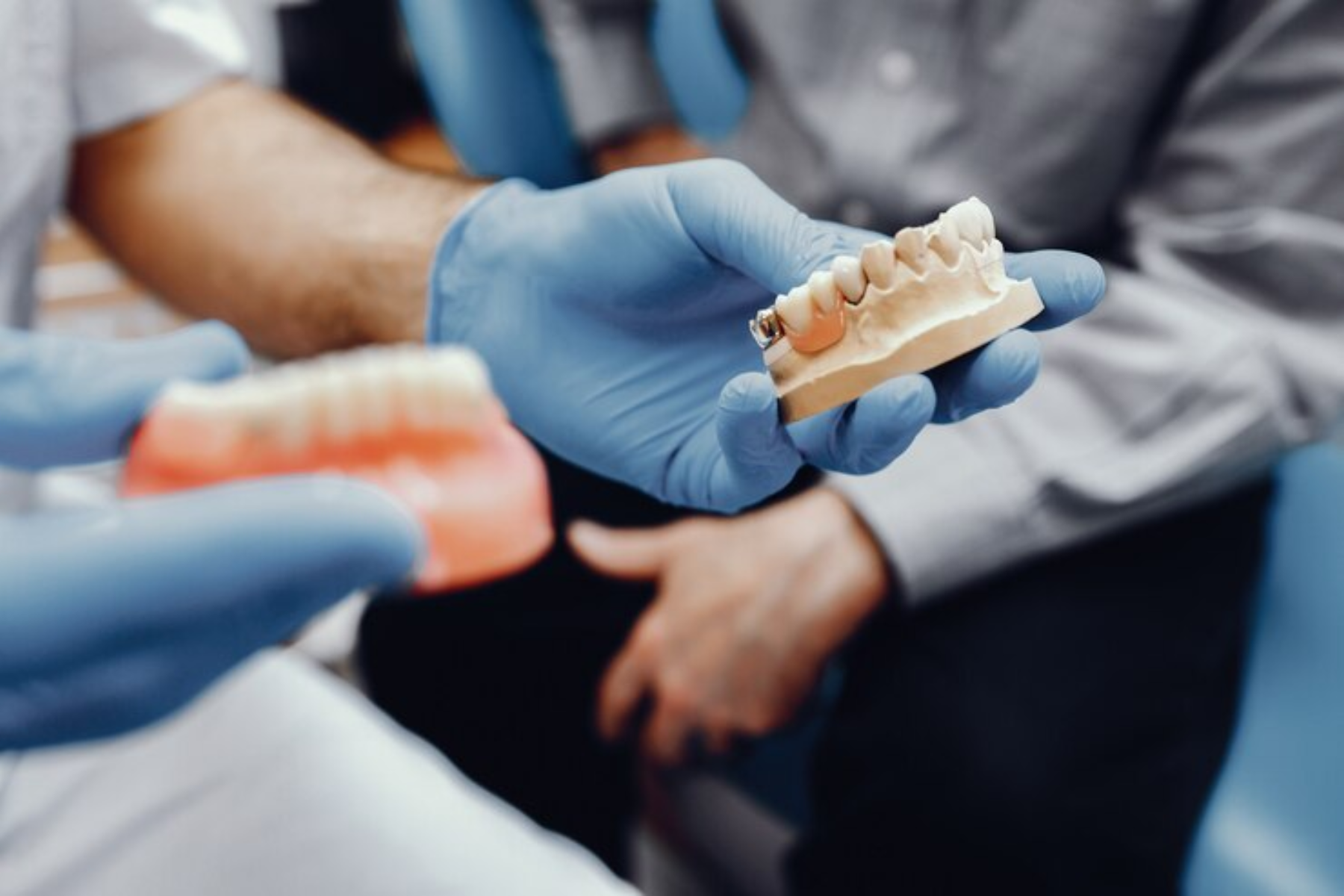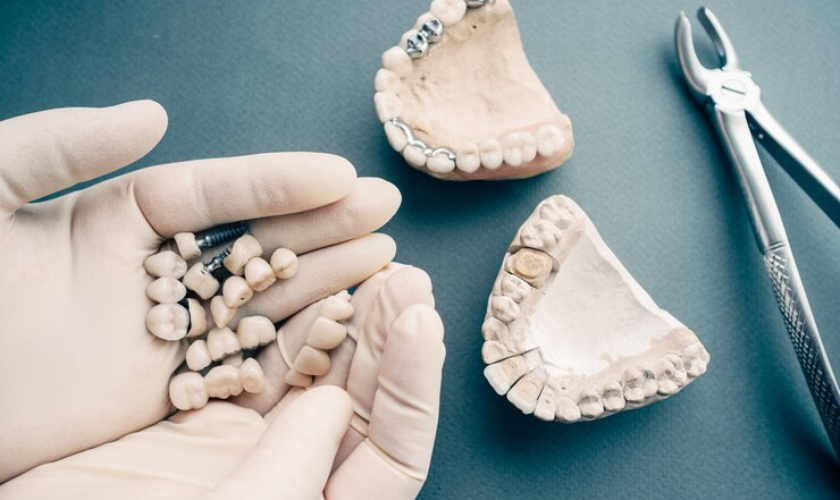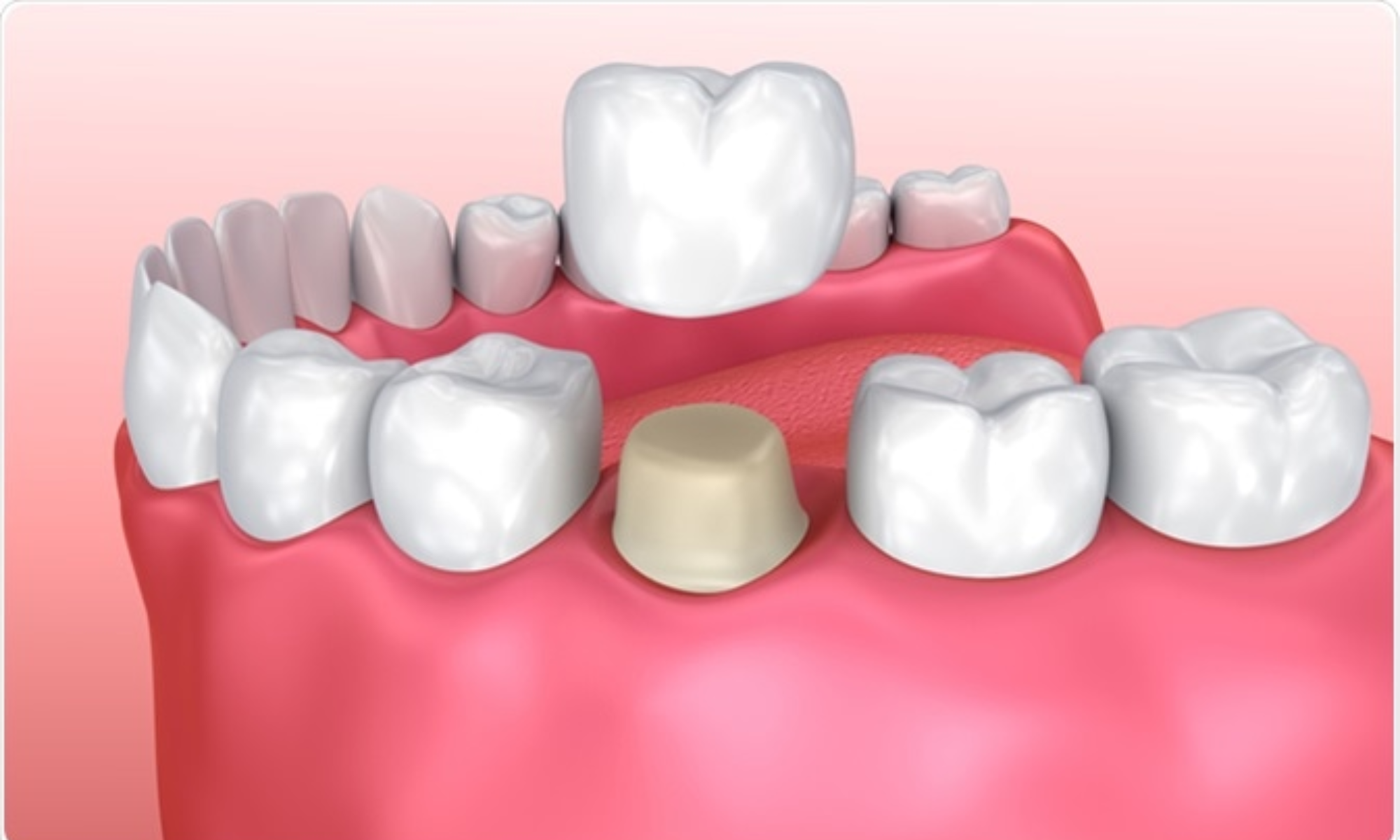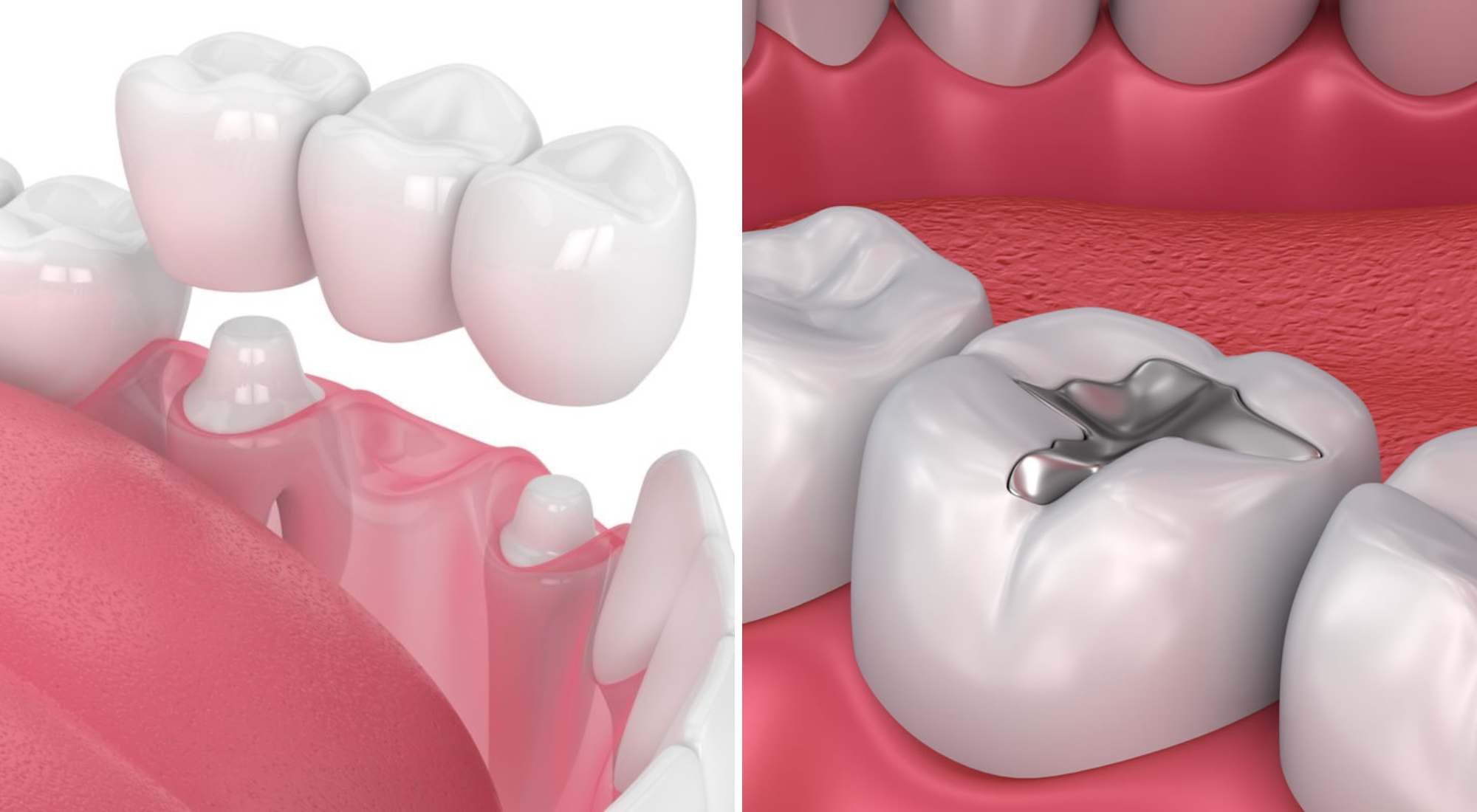We are not a registered Medicare/Medicaid Provider
How to Remove Dental Cement from a Crown: A Comprehensive Guide

Dental crowns are a common restorative solution in dentistry, providing strength and protection to weakened teeth. However, the process of removing dental cement from crowns, whether due to crown replacement, repair, or other dental procedures, can be complex. Understanding how to remove dental cement effectively and safely is essential for both dental professionals and patients seeking to maintain optimal oral health. In this blog post, we will delve into the methods, tools, and best practices for removing dental cement from crowns.
Understanding Dental Cement and Its Role
Dental cement is a crucial material used in various dental procedures, particularly in securing crowns, bridges, and other dental restorations. It serves several key functions:
- Adhesion: Dental cement ensures that the crown adheres securely to the tooth structure.
- Protection: It acts as a sealant, preventing bacteria from entering the space between the crown and the tooth.
- Stability: Cement provides stability to the crown, allowing it to withstand the forces of chewing and biting.
There are different types of dental cement, including temporary and permanent variants. Temporary cement is designed to be easier to remove, while permanent cement provides a stronger, more durable bond.

Why Remove Dental Cement?
There are several reasons why dental cement may need to be removed from a crown:
- Crown Replacement: Over time, crowns may need to be replaced due to wear, damage, or changes in the surrounding teeth.
- Repair Work: If a crown is damaged or becomes loose, removing the existing cement may be necessary to repair or re-cement the crown.
- Dental Decay: If tooth decay occurs underneath the crown, it must be addressed, which involves removing the crown and the cement.
- Adjustments: In some cases, adjustments to the crown may be needed, necessitating the removal of the cement.
Tools and Materials Required
Removing dental cement from a crown involves specific tools and materials. Here is a list of commonly used items:
- Dental scaler or curette
- Ultrasonic scaler
- Dental explorer
- Crown remover pliers
- Dental adhesive remover solution
- Polishing instruments
- Protective eyewear
- Dental mirror
- Cotton rolls or gauze
- Suction device
Step-by-Step Process of Removing Dental Cement
1. Initial Assessment
Before beginning the removal process, a thorough assessment of the crown and surrounding tooth structure is essential. This involves:
- Visual Inspection: Examine the crown for signs of damage, decay, or other issues.
- X-Rays: Taking X-rays can help identify any underlying problems that may not be visible to the naked eye.
2. Patient Preparation
Prepare the patient for the procedure by explaining the steps involved and ensuring they are comfortable. Use local anesthesia if necessary to minimize discomfort.
3. Isolation of the Area
Isolate the tooth with the dental crown using a rubber dam or cotton rolls to keep the area dry and free from saliva. This helps in better visibility and prevents contamination.
4. Removing the Crown
The initial step often involves removing the crown itself before addressing the cement. Here’s how:
- Using Crown Remover Pliers: These pliers are specifically designed to grasp and remove the crown gently. Care must be taken to avoid damaging the underlying tooth structure.
- Cutting the Crown: In some cases, the crown may need to be sectioned using a dental bur before removal. This is common with metal or ceramic crowns.
5. Removing Excess Cement
Once the crown is removed, the focus shifts to removing the dental cement from both the crown and the tooth. This can be done using various methods:
- Manual Scaling: Dental scalers or curettes are used to scrape off the cement manually. This method requires precision and care to avoid damaging the tooth enamel.
- Ultrasonic Scaling: An ultrasonic scaler uses high-frequency vibrations to break up and remove the cement. It is effective but requires skill to prevent damage to the tooth.
- Adhesive Remover Solutions: Some dental adhesive removers can help dissolve the cement, making it easier to remove.
6. Cleaning and Polishing
After the cement is removed, the tooth and crown need to be thoroughly cleaned and polished to ensure a smooth surface. This step involves:
- Polishing Instruments: Use polishing burs or discs to smooth the tooth surface and remove any residual cement.
- Cleaning Solutions: Rinse the area with a dental cleaning solution to remove any debris.
7. Re-Cementing the Crown
If the crown is being replaced or re-cemented, the following steps are involved:
- Preparing the Tooth: Ensure the tooth is clean, dry, and free from any residual cement.
- Applying New Cement: Apply the appropriate dental cement to the crown and position it correctly on the tooth.
- Curing: Allow the cement to set and cure as per the manufacturer’s instructions.
Tips and Best Practices
- Gentle Handling: Always handle the crown and tooth with care to avoid damage.
- Precision Tools: Use high-quality, precise dental instruments to ensure effective removal.
- Patient Comfort: Ensure the patient is comfortable throughout the procedure, using anesthesia if necessary.
- Thorough Cleaning: Make sure to remove all traces of cement to prevent future complications.
Potential Complications and How to Address Them
Removing dental cement can sometimes lead to complications, such as:
- Tooth Damage: If the tooth structure is inadvertently damaged, restorative procedures may be required.
- Infection: Ensuring a sterile environment and thorough cleaning can help prevent infections.
- Residual Cement: Any leftover cement can cause issues; therefore, meticulous removal is crucial.
Post-Procedure Care
After the procedure, provide the patient with post-care instructions, including:
- Avoiding Hard Foods: Advise the patient to avoid hard foods for a few days to allow the new cement to set properly.
- Oral Hygiene: Emphasize the importance of maintaining good oral hygiene to prevent future issues.
- Follow-Up Appointments: Schedule follow-up appointments to monitor the condition of the crown and the surrounding tooth structure.
Removing dental cement from a crown is a detailed and delicate process that requires skill, precision, and the right tools. Whether you are a dental professional or a patient seeking to understand the procedure, this guide provides comprehensive insights into the methods, best practices, and considerations involved. Ensuring a thorough and careful removal process can lead to successful outcomes, preserving both the crown and the underlying tooth for optimal oral health.

